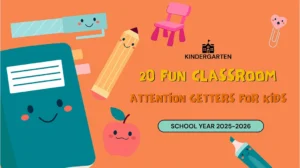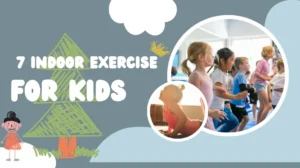Have you ever wondered about the key elements that make a classroom an optimal learning space? Classroom design plays a vital role in shaping the educational experience. Join us to learn about the components of an ideal classroom design.
The Importance of Comfort and Flexibility in Re-Classroom Design
One of the key elements of an ideal classroom design is the incorporation of comfortable and flexible furniture. Gone are the days of rigid desks and uncomfortable chairs. Students spend a significant portion of their day in classrooms, so it is crucial to provide them with seating options that promote good posture and overall well-being. Ergonomic chairs and adjustable desks can have a positive impact on students’ focus and concentration, ultimately enhancing their learning experience. Additionally, flexible furniture allows for easy reconfiguration of the classroom layout, facilitating different teaching and learning styles.
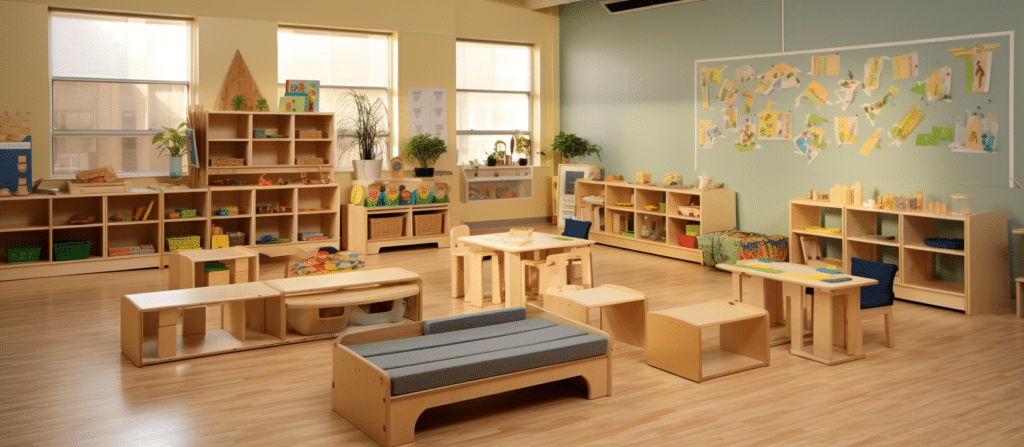
Creating Collaborative Spaces
Collaboration is an essential skill that students need to develop in today’s world. Therefore, an ideal classroom design should include spaces that encourage collaboration among students. This can be achieved through the incorporation of group seating arrangements, such as circular tables or clusters of desks, where students can easily interact and work together on projects and assignments. Creating designated collaborative spaces within the classroom promotes teamwork and fosters a sense of community among students.
The Power of Natural Light
Natural light has a significant impact on both our physical and mental well-being. Studies have shown that exposure to natural light improves mood, enhances productivity, and increases overall satisfaction. Therefore, an ideal classroom design should maximize the use of natural light. Large windows, skylights, and glass partitions can help bring in ample daylight, creating a bright and inviting learning environment. Additionally, incorporating adjustable window coverings allows for easy control of light levels, ensuring optimal conditions for different activities throughout the day.
Technology Integration for Enhanced Learning
In today’s digital age, technology has become an integral part of education. An ideal classroom design should embrace the integration of technology to enhance the learning experience. This can be achieved through the inclusion of interactive whiteboards, audiovisual equipment, and ample power outlets for students to connect their devices. Furthermore, incorporating charging stations and cable management solutions can help keep the classroom organized and clutter-free, promoting a conducive learning environment.
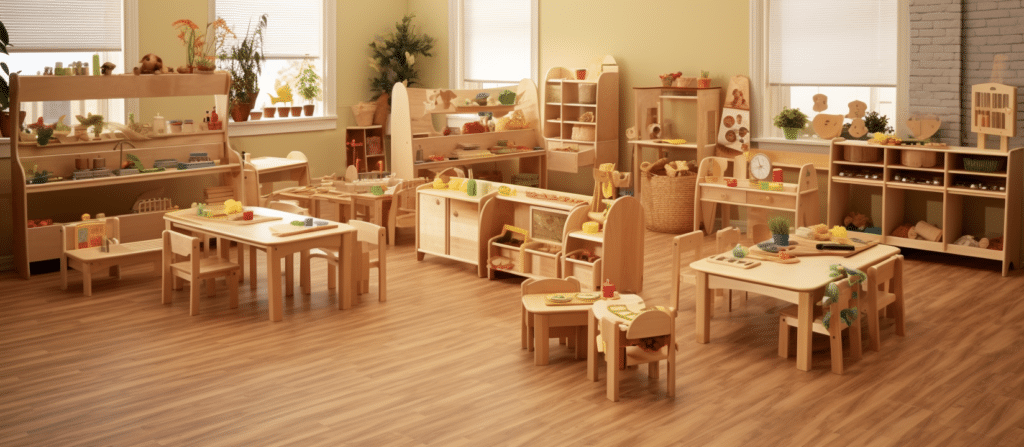
The Role of Acoustics
Acoustics play a crucial role in classroom design. A well-designed classroom should provide good sound insulation to minimize distractions from external noise sources and reduce reverberation within the space. This can be achieved through the use of acoustic panels, carpets, and furniture with sound-absorbing properties. By creating an acoustically comfortable environment, students can focus better, and teachers can communicate effectively without straining their voices.
Incorporating Nature and Biophilic Elements
Bringing elements of nature into the classroom can have a positive impact on students’ well-being and learning outcomes. Biophilic design principles suggest that exposure to nature can reduce stress, improve cognitive function, and enhance creativity. An ideal classroom design should incorporate biophilic elements such as indoor plants, natural materials, and views of nature. These elements can create a calming and inspiring atmosphere, promoting a positive learning experience for students.
Flexible Learning Spaces
Finally, an ideal classroom design should include flexible learning spaces that cater to different teaching and learning styles. This can be achieved through the incorporation of breakout areas, quiet zones, and presentation spaces. By providing a variety of spaces within the classroom, educators can accommodate different activities and facilitate personalized learning experiences for their students.
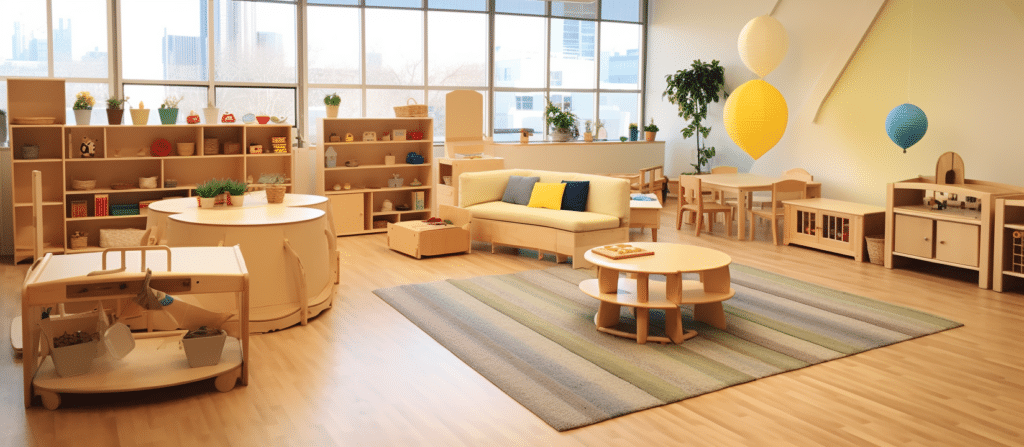
Conclusion
In conclusion, the ideal classroom design goes beyond mere aesthetics. It takes into consideration the comfort and well-being of students, promotes collaboration and creativity, integrates technology effectively, optimizes natural light, ensures good acoustics, and incorporates elements of nature. By creating a learning environment that addresses these aspects, we can provide students with the best possible setting for their educational journey.



